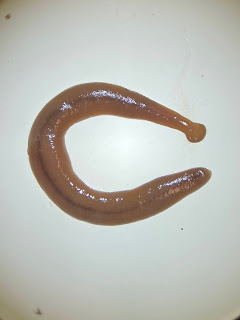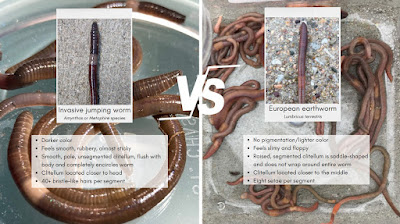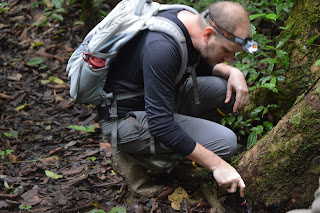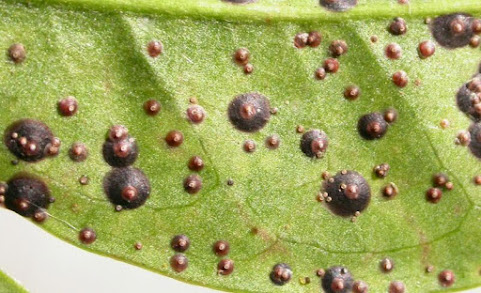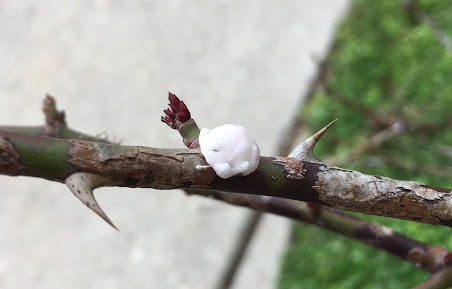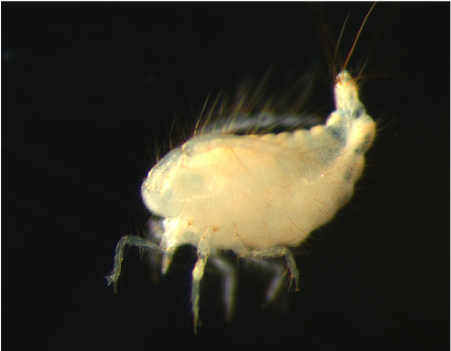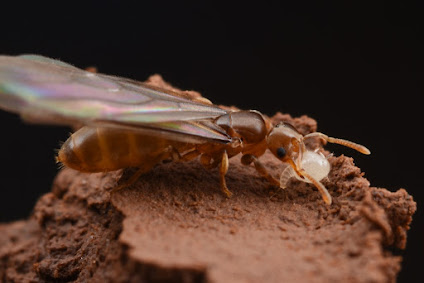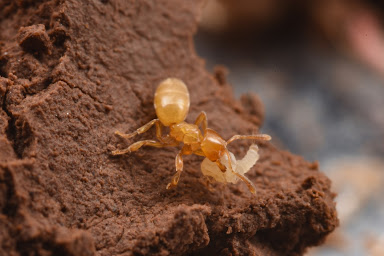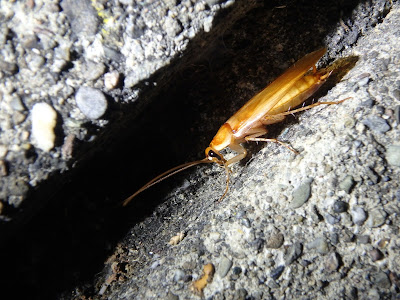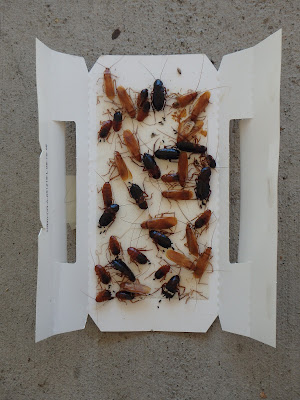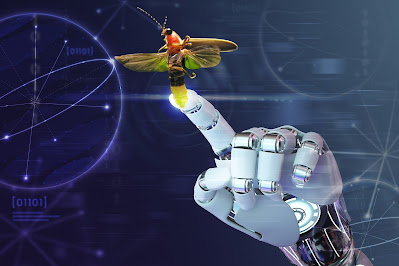Hello lovers of bugs, as well as bugs who are in love! In today's episode, we take a journey through the world of nuptial gifts within the arthropods and find out why sometimes it is best to wrap a gift before trying to go on a date. Tune in to learn the basics of why nuptial gifts exist and how they can help facilitate the mating process and generation of the next generation. This one is a bit "spicy" so if you listen with kids, prepare for some biological talk!
Insect (Order, Family) | Nuptial Gift | Purpose |
Dung beetles (O: Coleoptera, F: Scarabaeidae) | Food in the form of a dung ball | https://academic.oup.com/beheco/article/21/2/424/323090 Part of courtship display, dung ball is used for food source to help her and the offspring |
Fireflies (O: Coleoptera, F: Lampyridae) some species | Spermatophore contains sperm and nutrients | https://now.tufts.edu/2016/12/22/firefly-gift-giving-composition-nuptial-gifts-revealed Video: https://www.youtube.com/watch?v=2P8vKghAoh8
To obtain nutrients and fertilization occurs this way |
Giant water bug (O: Hemiptera, M: Belostomatidae) | Small aquatic animals as prey (fish) | https://onlinelibrary.wiley.com/doi/10.1111/eth.12416 Part of the courtship ritual, males carry the eggs |
Aphids (O: Hemiptera, F: Aphididae) | “mating drop” droplet of nutrient-rich fluid | To obtain nutrients essential for reproduction |
Crickets (O: Orthopera, F: Laupala cerasina | Several nuptial gifts before transferring genetic material | https://www.mpg.de/9686444/nuptial-feeding-female-crickets
https://link.springer.com/article/10.1007/s00265-019-2705-9 Nuptial gifts improve the amount of genetic material successfully transferred from the final spermatophore to the female |
Long-tailed dance flies (O: Diptera, F: Rhamphomyia longicauda | Nutrients | https://www.jstor.org/stable/23734479 Females do not hunt so they relay on the nuptial gifts. They fill their abdomens with air to look like their eggs are more mature so males will seek them out |
Imported cabbagworm butterflies (O: Lepidoptera, F: | Nitrogen |
|
Scorpion flies (O: Mecoptera, F: Panorpidae) | Dead prey item | https://www.jstor.org/stable/4536380
To appease the female and increase chances of successful mating |
Questions? Comments?
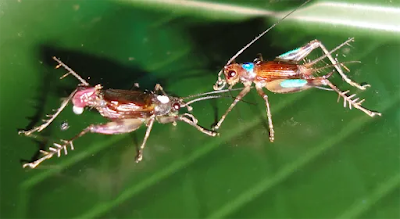
.jpg)
